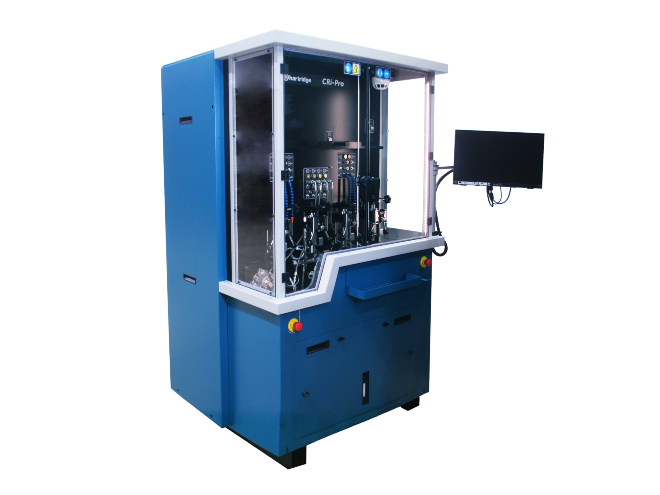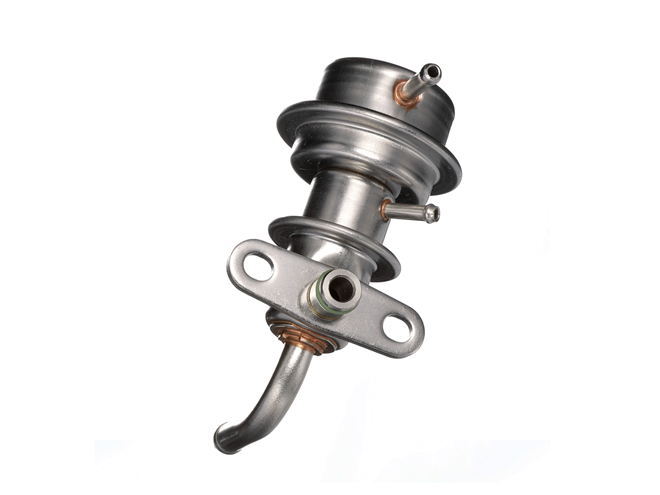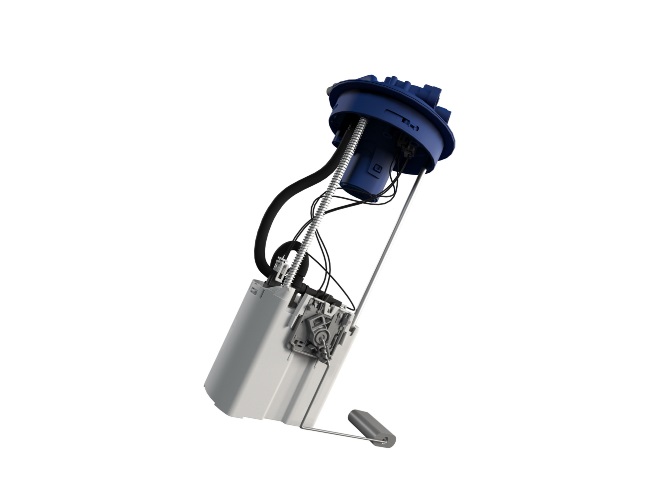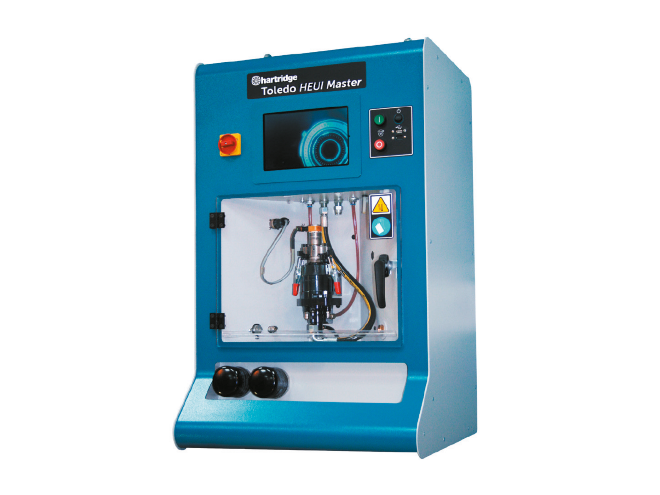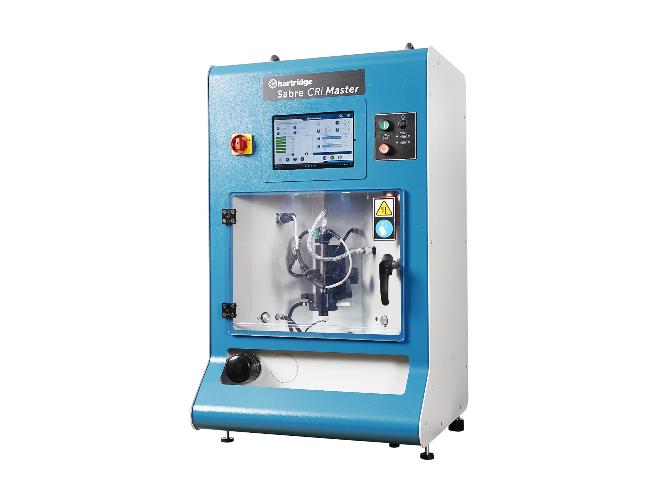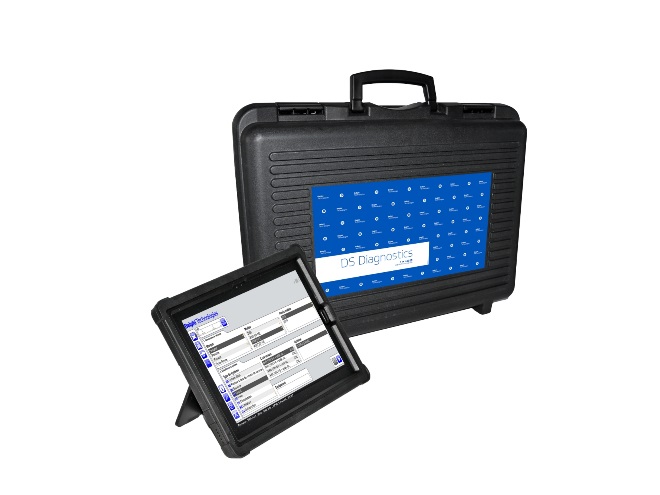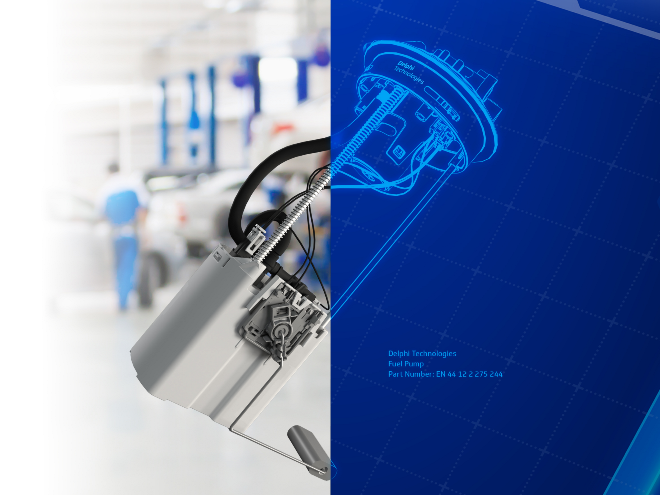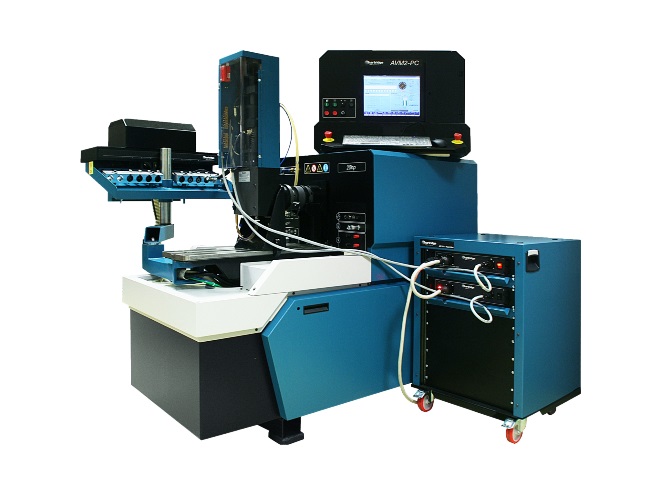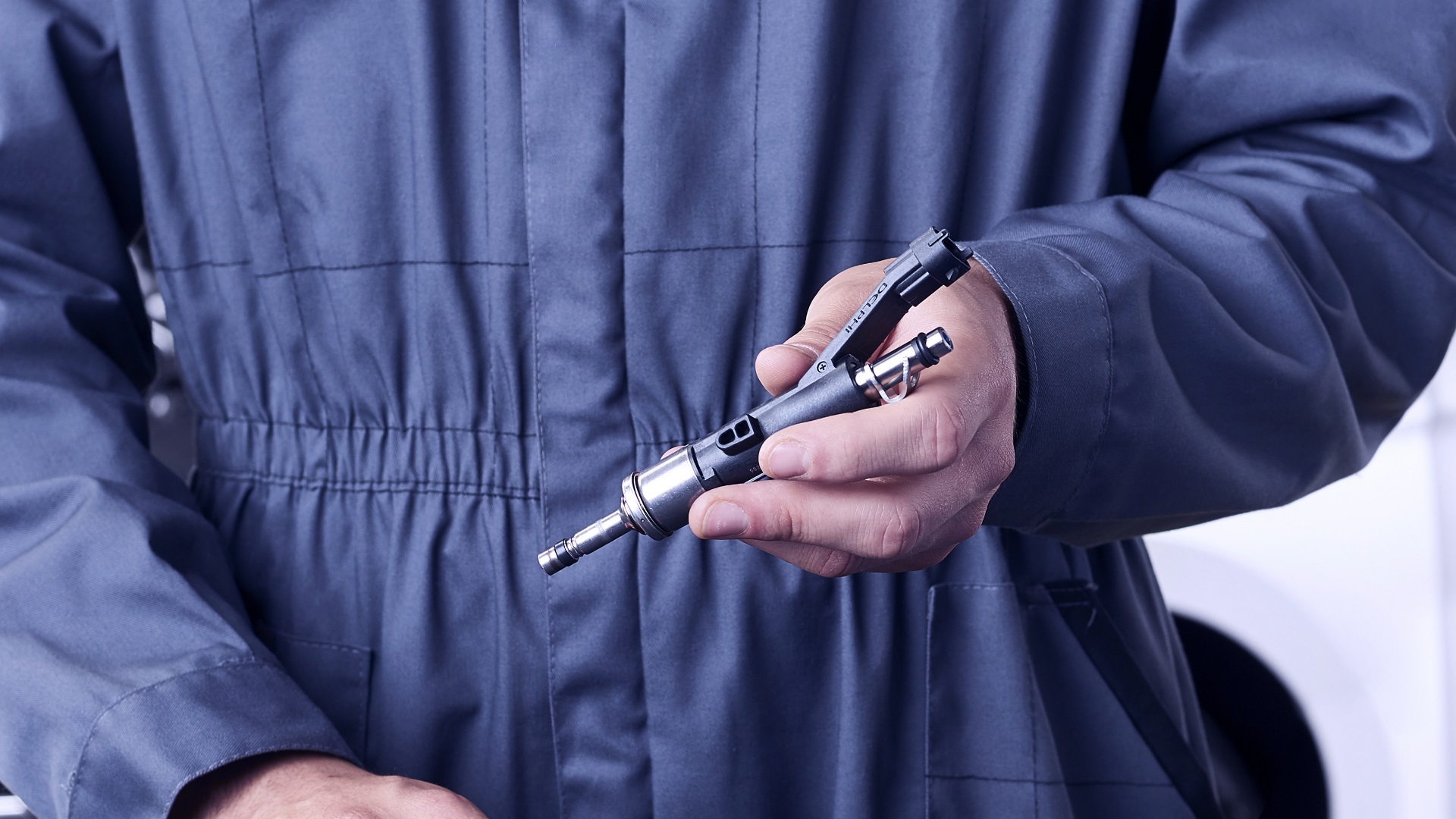Resource Highlights
In this article you will find out about diagnosing a bad fuel sending unit.
The most common problem that causes the fuel gauge to read incorrectly is a bad fuel sending unit. The fuel sending unit is used to measure the amount of fuel in the fuel tank and communicate the fuel level to the fuel gauge on the vehicle dashboard. This ensures that the driver is aware of the fuel level at all times, as well as warn when the vehicle is low on fuel, and when to visit a gas station before the tank is completely empty. If something happens to the fuel sending unit, the fuel gauge is the first to show it, so let’s take a look at how the two work together.
How a fuel sending unit works

The fuel sending unit located in the gas tank to measure the fuel tank level. Some sending units are attached to the fuel pump assembly, while others are stand-alone units, but both are made up of the same three components: a float, a metal rod/arm, and a variable resistor. These three components work together to measure the vehicle’s fuel level and relay the information to the gas gauge.
- Float - The float, which is made of a buoyant composite or foam, floats on top of the fuel in the tank.
- Metal rod or arm - The float is connected by a thin metal rod to a contact inside the variable resistor.
- Variable resistor - A resistor is an electrical device that resists the flow of electricity, and a variable resistor has the ability to adjust the amount of resistance voltage encounters by sliding a contact (wiper) over a resistive element. The wiper is connected to the fuel gauge either directly by wire, or indirectly to an electronic device that communicates with the fuel gauge. In a fuel sending unit, the variable resistor receives power via a small coil from the vehicle’s battery, which is used as the baseline signal.
The fuel sending unit is one of many terms associated with this auto part. Some other terms used include: sending unit, fuel sender unit, fuel tank sending unit, fuel level sender unit, fuel level sending unit, fuel pump sender unit, fuel pump sending unit, fuel gauge sender unit, fuel gauge sending unit, and fuel level sensor. Luckily, these names are interchangeable because they all refer to the same part with the function of measuring a vehicle’s fuel level.
How a fuel sending unit measures fuel tank levels
The float in the fuel tank will move up or down according to the fuel level. The metal rod pivots in relation to the float, which causes the wiper inside the variable resistor to move as well. The wiper moves along a strip of resistive material connected to a ground on one end, and the strength of the electric current from the resistor is determined by the position of the wiper to the ground. The wiper sends the electric current to the fuel gauge, which displays the fuel level accordingly on the vehicle dashboard.
Fuel sending units work differently depending on the manufacturer. For example, a Ford fuel sending unit will be further from the ground on a full tank, while a GM fuel sending unit of the same year will be closest to the ground on a full tank. To understand how your vehicle’s fuel sending unit reads resistance, consult the service manual.
When the fuel tank is completely full, the wiper is either closest or furthest from the ground on the resistive material strip. Here is where there is either the least amount of resistance or full resistance respectively. When a vehicle is almost out of fuel, the wiper again is either closest or furthest from the ground as float rests at the bottom of the metal rods travel. Depending on its specifications, the fuel gauge will show full or empty according to what resistance it reads as full or empty.
As the fuel level along with the float lower in the tank, the metal rod connected to the float either moves the wiper further or closer to the ground, which either restricts or increases the amount of electric current being sent to the fuel gauge. The fuel gauge display drops from full according to the resistance change.
What causes a fuel gauge to not work?
While not all faulty fuel sending units act the same when broken, how the fuel gauge is acting can give us some insight on what is broken and needs to be fixed. Here are some signs that the fuel sending unit is bad and some speculations on how and why the fuel sending unit failed.
- Fuel gauge reading empty when the tank is full
A fuel gauge that only reads empty may be caused by the float separating from the arm, which causes the rest of the components in the fuel sending unit to stop completely. In some cases, a faulty resistor can also cause the gauge to read empty by restricting the signal completely. Corroded wires, especially in the case of a fuel sending unit located on the fuel pump, can stop voltage either from the source or to the fuel gauge. - Fuel gauge is stuck on full
A fuel gauge that only reads full may be caused by a faulty fuel gauge resistor sending the full voltage to the fuel gauge at all times. The fuel sending unit is constantly in motion when a vehicle regularly uses fuel, which causes constant movement of the wiper in the variable resistor. Over time, this can wear down the resistive material strip, creating an open circuit. Another issue may be a defect in the wiring from the fuel sending unit to the fuel gauge causing a shorted signal, or a bad ground wire to the grounding terminal. Although rare, a faulty fuel gauge could be an issue as well. - Fuel gauge fluctuates between empty and full
A fuel gauge displays that fluctuates between empty and full may be due to a mechanical failure. The fuel sending unit float arm may ‘stick’ at certain levels, and fall back into place either naturally or with help from vehicle movement. Once the float arm falls back into place, the fuel gauge becomes accurate again. This event can often be replicated, giving more evidence of mechanical failure. In some cases, a faulty fuel gauge could be an issue here as well.
Can you ruin your engine running your gas tank empty?
A fuel gauge not working may not make a vehicle undrivable, but not knowing the fuel level risks the vehicle running out of fuel. While walking to the gas station to get fuel is not ideal, running out of gas is not good for the car either.
A fuel pump relies on fuel passing through for lubrication and cooling. When the fuel is gone, the fuel pump will overheat and become damaged. If a vehicle constantly runs out of fuel, constant damage to the fuel pump will cause it to fail.
If a vehicle constantly runs on low fuel, potential debris from the bottom of the fuel tank can clog the fuel pump strainer, or bypass the strainer and clog other components of the fuel system such as fuel lines and fuel injectors. A clogged fuel system can not only cause performance issues but may become a problem for the longevity of other expensive auto parts or the engine itself.
While a faulty fuel gauge may be a low priority on most DIYers, it is beneficial to always fill the tank full and be aware of the fuel level at all times - whether for the sake of the driver, or the vehicle.
How to fix the fuel gauge or fuel sending unit
If your vehicle is experiencing any issues above, there are tests that can be done to confirm the issue is with the fuel sender. We recommended trying all tests before getting into the gas tank and replacing a sending unit that could still be functional. Sometimes the fix can be as simple as changing an instrument cluster fuse.
For more information on how to fix a gas gauge that is not working, check out our Resource Center article on how to test and replace a fuel gauge and sending unit.
Your fuel sending unit may come separately from your new fuel pump in the box. See below for how to install.




